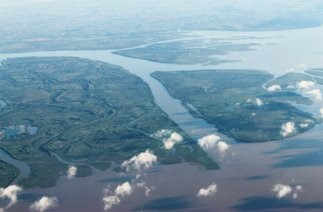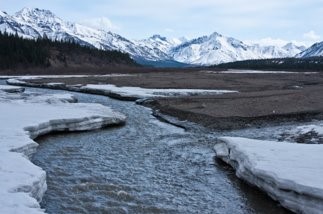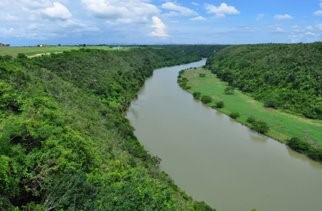The World Meteorological Organization (WMO) made the WMO Hydrological Observing System (WHOS), which consists of a network of worldwide hydrological organizations linked by one software platform (WHOS broker) able to share hydrological data between the various and different participating systems in a simple (for the participants) and optimized way.
Three recent pilot initiatives are being implemented in WHOS, involving 14 countries and designed to serve as a model for others to come.
They relate to specific river basins or areas of interest, such as the La Plata river basin, the Arctic rivers and the Dominican Republic. WHOS Plata and WHOS Arctic have recently been finalized, officially released and ready to be exploited by end users. The other project concerning the Dominican Republic is currently in the prototype phase.
WHOS end users such as modelers, hydrologists and decision makers are thus able to discover and access hydrological data using one of the supported tools. Many tools commonly used in hydrology are already supported, such as the HydroDesktop desktop application, the Helgoland web application or the R and Python libraries for programmatic access to WHOS. A complete list (which will continuously increase over time) is available on the WHOS homepage.
CNR-IIA-Firenze contributes to WHOS in the context of WMO / CNR-IIA multi-year agreements, in particular for the development and operation of central components of the WHOS software platform: WHOS Broker andhydrological ontology by WHOS.
Contact person: Enrico Boldrini
WHOS components
WHOS Broker
The technological framework that creates the WHOS software platform is the Discovery and Access Broker (DAB), framework for sharing geospatial data developed, maintained and advanced by CNR-IIA-Firenze, enriched by specific functions for the hydrological field (e.g. the use of a hydrological ontology).
WHOS-broker is in charge of harmonizing the available and heterogeneous metadata, data and services made available by WHOS providers making the information already published more accessible to the tools and applications of scientists (e.g. model makers), hydrologists and decision makers on a global scale.
WHOS-broker is a system in continuous evolution, modular and flexible enough to cope with the updating of standards and the participation in WHOS of additional subjects, whether they are data suppliers or consumers.
WHOS-broker is currently developed, operated and managed by CNR-IIA-Firenze on a Cloud platform (Amazon Web Services), where the services are containerized and orchestrated in order to ensure high reliability and resource optimization.
Further information and documentation are available on the WHOS web pages.
WHOS hydrological ontology
THEWHOS hydrological ontology aims to capture the most important concepts and relationships of the hydrological domain and which are commonly shared among hydrologists around the world (albeit sometimes with different terms). For example, the common concept of precipitation can be encoded as pioggia, rain o precipitation from different data providers, but all those different terms refer to the same hydrological concept of precipitation.
WHOS hydrological ontology supports multiple languages and relationships between concepts; is enriched above all thanks to hydrologists such as those ofPo Basin Authority who continually revise and enrich it.
WHOS hydrological ontology is currently operated and managed by CNR-IIA-Firenze on the Cloud platform (Amazon Web Services), where the ontology services are containerized and orchestrated in order to ensure high reliability and resource optimization.
The WHOS broker is the main user of hydrological ontology: to increase user queries and semantically harmonize and profile hydrological data.
Further information and documentation are available on the hydrological ontology web pages.





